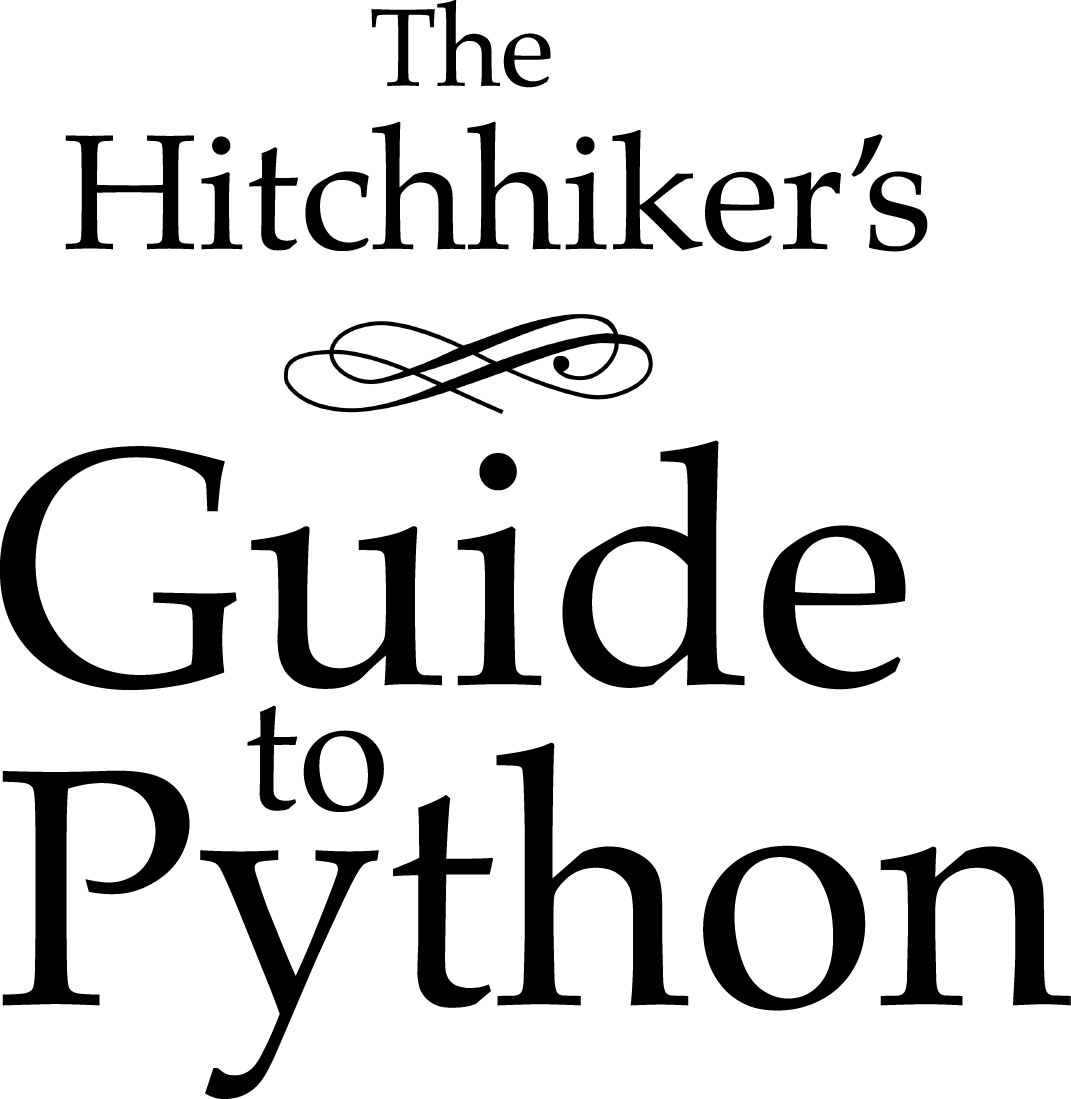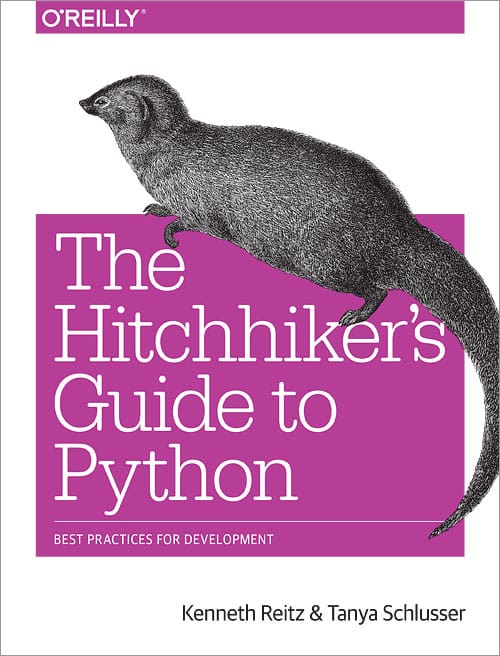Installing Python 2 on Mac OS X¶

Note
Check out our guide for installing Python 3 on OS X.
Mac OS X comes with Python 2.7 out of the box.
You do not need to install or configure anything else to use Python. Having said that, I would strongly recommend that you install the tools and libraries described in the next section before you start building Python applications for real-world use. In particular, you should always install Setuptools, as it makes it much easier for you to install and manage other third-party Python libraries.
The version of Python that ships with OS X is great for learning, but it’s not good for development. The version shipped with OS X may be out of date from the official current Python release, which is considered the stable production version.
Doing it Right¶
Let’s install a real version of Python.
Before installing Python, you’ll need to install a C compiler. The fastest way
is to install the Xcode Command Line Tools by running
xcode-select --install. You can also download the full version of
Xcode from the Mac App Store, or the
minimal but unofficial
OSX-GCC-Installer
package.
Note
If you already have Xcode installed, do not install OSX-GCC-Installer. In combination, the software can cause issues that are difficult to diagnose.
Note
If you perform a fresh install of Xcode, you will also need to add the
commandline tools by running xcode-select --install on the terminal.
While OS X comes with a large number of Unix utilities, those familiar with Linux systems will notice one key component missing: a decent package manager. Homebrew fills this void.
To install Homebrew, open Terminal or
your favorite OS X terminal emulator and run
$ /usr/bin/ruby -e "$(curl -fsSL https://raw.githubusercontent.com/Homebrew/install/master/install)"
The script will explain what changes it will make and prompt you before the
installation begins.
Once you’ve installed Homebrew, insert the Homebrew directory at the top
of your PATH environment variable. You can do this by adding the following
line at the bottom of your ~/.profile file
export PATH="/usr/local/bin:/usr/local/sbin:$PATH"
Now, we can install Python 2.7:
$ brew install python@2
Because python@2 is a “keg”, we need to update our PATH again, to point at our new installation:
export PATH="/usr/local/opt/python@2/libexec/bin:$PATH"
Homebrew names the executable python2 so that you can still run the system Python via the executable python.
$ python -V # Homebrew installed Python 3 interpreter (if installed)
$ python2 -V # Homebrew installed Python 2 interpreter
$ python3 -V # Homebrew installed Python 3 interpreter (if installed)
Setuptools & Pip¶
Homebrew installs Setuptools and pip for you.
Setuptools enables you to download and install any compliant Python
software over a network (usually the Internet) with a single command
(easy_install). It also enables you to add this network installation
capability to your own Python software with very little work.
pip is a tool for easily installing and managing Python packages,
that is recommended over easy_install. It is superior to easy_install
in several ways,
and is actively maintained.
$ pip2 -V # pip pointing to the Homebrew installed Python 2 interpreter
$ pip -V # pip pointing to the Homebrew installed Python 3 interpreter (if installed)
Virtual Environments¶
A Virtual Environment (commonly referred to as a ‘virtualenv’) is a tool to keep the dependencies required by different projects in separate places, by creating virtual Python environments for them. It solves the “Project X depends on version 1.x but, Project Y needs 4.x” dilemma, and keeps your global site-packages directory clean and manageable.
For example, you can work on a project which requires Django 1.10 while also maintaining a project which requires Django 1.8.
To start using this and see more information: Virtual Environments docs.
This page is a remixed version of another guide, which is available under the same license.

